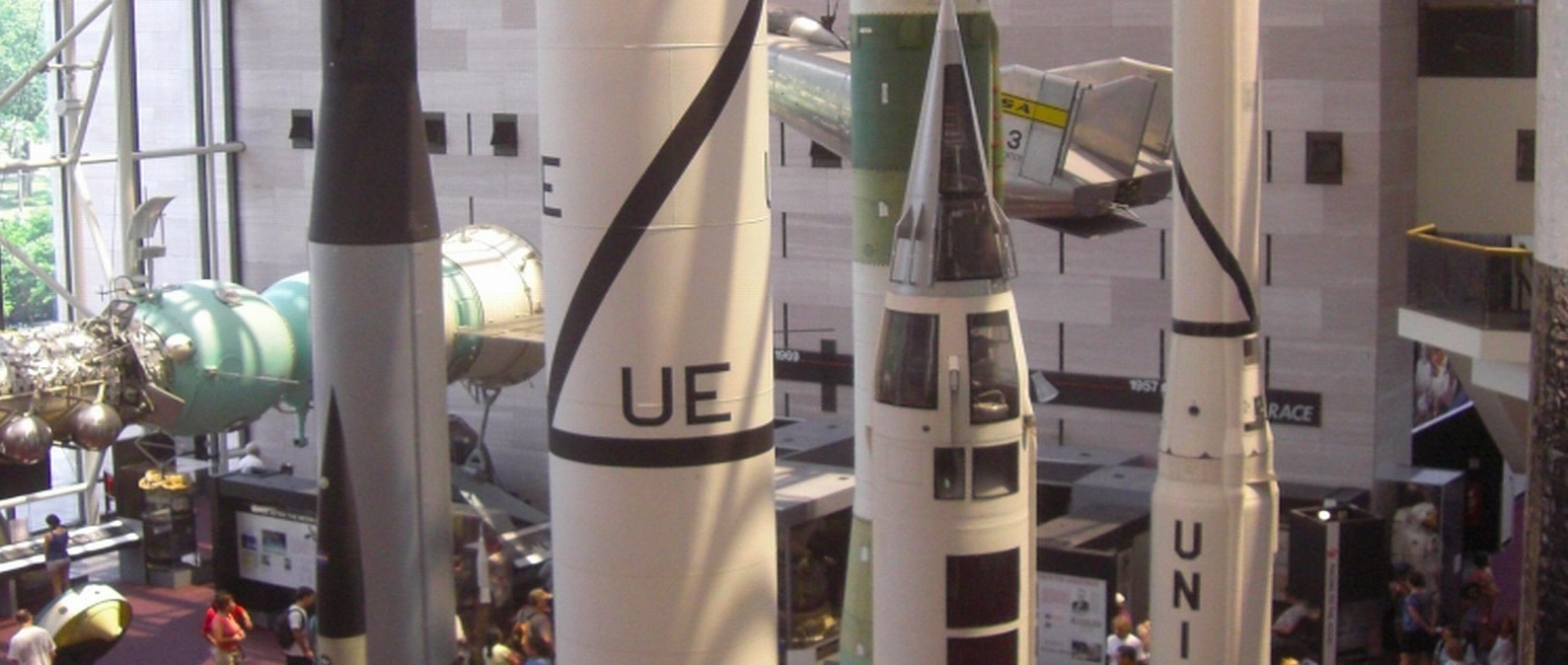Episodes

Friday Dec 06, 2019
Space Rocket History #154 – Apollo 7 – The Crew
Friday Dec 06, 2019
Friday Dec 06, 2019
Had it not been for the fact that Eisele damaged his shoulder during a zero-G training flight aboard a KC-135 aircraft just before Christmas 1965, he might have been in the senior pilot’s seat aboard Apollo 1, instead of Ed White.

Thursday Nov 07, 2019
Space Rocket History #153 – Zond 5 – Tortoises in Space
Thursday Nov 07, 2019
Thursday Nov 07, 2019
The first attempt for a Zond 4 follow-up launched on April 22. It failed when the Launch Escape System sent an erroneous abort command at T+260 seconds and shut down the Proton booster’s second stage. The escape rocket fired and pulled the descent module to safety.

Thursday Nov 07, 2019
Space Rocket History #152 – The Death of Yuri Gagarin
Thursday Nov 07, 2019
Thursday Nov 07, 2019
Hundreds of millions of people all over the planet had seen Gagarin smiling joyfully in person or on television. He was theirs, familiar to everyone, and at the same time a “Citizen of the Universe.”

Thursday Nov 07, 2019
Space Rocket History #151 – Zond 4
Thursday Nov 07, 2019
Thursday Nov 07, 2019
When we left the Soviet Union they had somewhat successfully landed a probe on Venus and they had completed the automatic docking of two Soyuz 7K-OK spacecrafts. However they did not reach their goal of a circumlunar flight in time for the 50th anniversary of the glorious revolution.

Wednesday Oct 09, 2019
Space Rocket History #150 – Apollo 6: Pogo
Wednesday Oct 09, 2019
Wednesday Oct 09, 2019
The success of Apollo 4 gave good reason to believe that the Saturn V could be trusted to propel men into space. But NASA pushed on with its plans for a second unmanned booster flight, primarily to give the Pad 39 launch team another rehearsal before sending men into deep space on the Saturn V. The mission was called Apollo 6…

Wednesday Oct 09, 2019
Space Rocket History #149 – Apollo 5: Lunar Module’s First Flight
Wednesday Oct 09, 2019
Wednesday Oct 09, 2019
“The fire-in-the-hole abort was the most critical test of the mission and one we had to accomplish successfully prior to a manned mission.” Gene Kranz – Flight Director Apollo 5

Wednesday Oct 09, 2019
Space Rocket History #148 – Apollo 4: Operation Big Shot
Wednesday Oct 09, 2019
Wednesday Oct 09, 2019
“…our building’s shaking here. Our building’s shaking! Oh it’s terrific, the building’s shaking! This big blast window is shaking! We’re holding it with our hands! Look at that rocket go into the clouds at 3000 feet!…you can see it…you can see it…oh the roar is terrific!…” Walter Cronkite – Apollo 4 launch.

Friday Sep 06, 2019
Friday Sep 06, 2019
“The S-II stage was a nightmare the minute it was conceived, and it only got worse from there. During the course of its creation, it would grind up people and careers the way the transcontinental railway devoured laborers. Though the methods and materials used to build the S-II were reasonably well known, nobody had ever tried to apply them on such a titanic scale. Originally, it was to be somewhere around 8 stores tall with a diameter of 22 feet, but the width ballooned from there to 27 feet before the contract was even signed, then to 30, and finally to 33 feet. And all the while as the size of thing increased, NASA was trimming the allowable weight.” Harrison Storms of NAA.

Friday Sep 06, 2019
Friday Sep 06, 2019
The structural efficiency of the S-II stage, in terms of the weight and pressures taken by its extra-thin walls, was comparable only to the capacity of one of nature’s most refined examples of structural efficiency, the egg.

Friday Sep 06, 2019
Space Rocket History #145 – Surveyors 2 – 7 with a Little Apollo 12
Friday Sep 06, 2019
Friday Sep 06, 2019
The primary objectives of the Surveyor program, were to support the Apollo landings by: (1) developing and validating the technology for landing softly on the Moon; (2) providing data on the compatibility of the Apollo design with conditions encountered on the lunar surface; and (3) adding to the scientific knowledge of the Moon.

